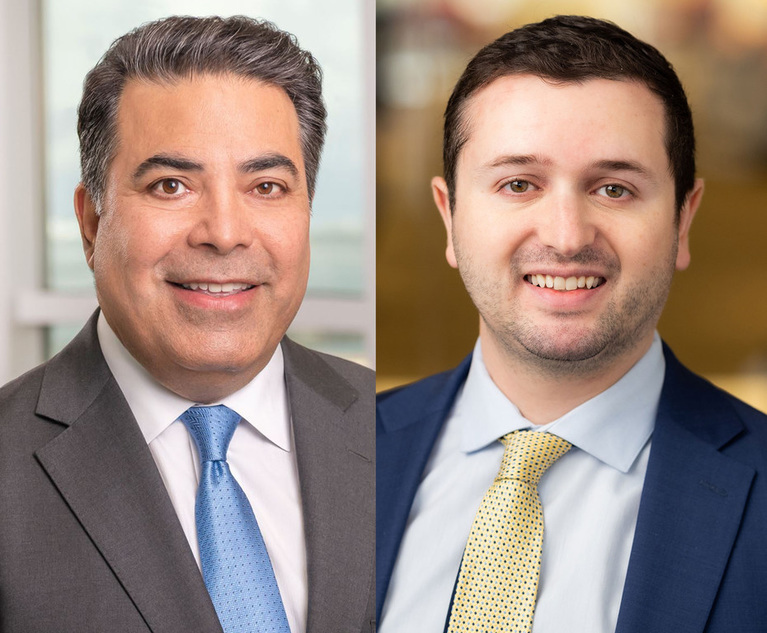June 24, 2022, marked the one-year anniversary of the Champlain Towers South collapse—a 12-story, 136-unit condominium building in Surfside, Florida—tragically killing 98 people in what was the single deadliest structural failure not caused by terrorism in American history. See, Soo Rin Kim, Jared Kofsky and Victor Oquendo, ”1 year after Surfside collapse, local officials still working to ensure buildings are safe,” (June 24, 2022, 5:04 AM), https://abcnews.go.com/US/year-surfside-collapse-local-officials-working-ensure-buildings/story?id=85600685. While nothing can replace the lives lost in this historic tragedy, there are valuable lessons to be learned across the construction industry to prevent future structural failures and loss of life in sea-side and coastal buildings across the country.
Potential Causes of the Collapse
The exact cause of the collapse of the tower is still unknown. Numerous theories have been posited and are actively being investigated. Among the many reasons believed to have caused the collapse is long-term degradation of structural support in the basement-level parking garage due to water penetration and corrosion of steel. Like many seaside properties, the Champlain Towers South was subjected to the naturally occurring elements of a marine environment. The building endured prior tidal flooding events and sea water containing salt and other corrosive minerals. This unforgiving environment is suspected of playing a role in the building’s structural failure. Barrier island erosion is another potential environmental factor, which may have affected the tower. The city of Surfside is located on a barrier island, which is exposed to forceful wind and water from hurricanes and tropical storms. Coastal erosion may have weakened the building’s structure. See, Jon Schuppe, “Surfside collapse exposes an overlooked threat: Saltwater rising from underground,” (February 17, 2022), .


 (L-R)Ralf R. Rodriguez and Alexander B. Thompson of Cozen O’Connor. Courtesy photos
(L-R)Ralf R. Rodriguez and Alexander B. Thompson of Cozen O’Connor. Courtesy photos




